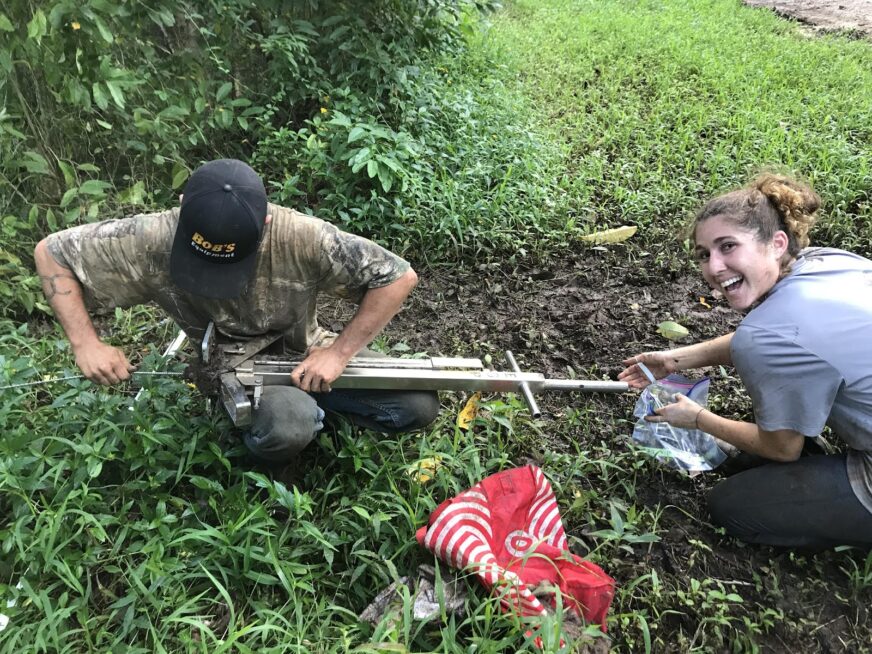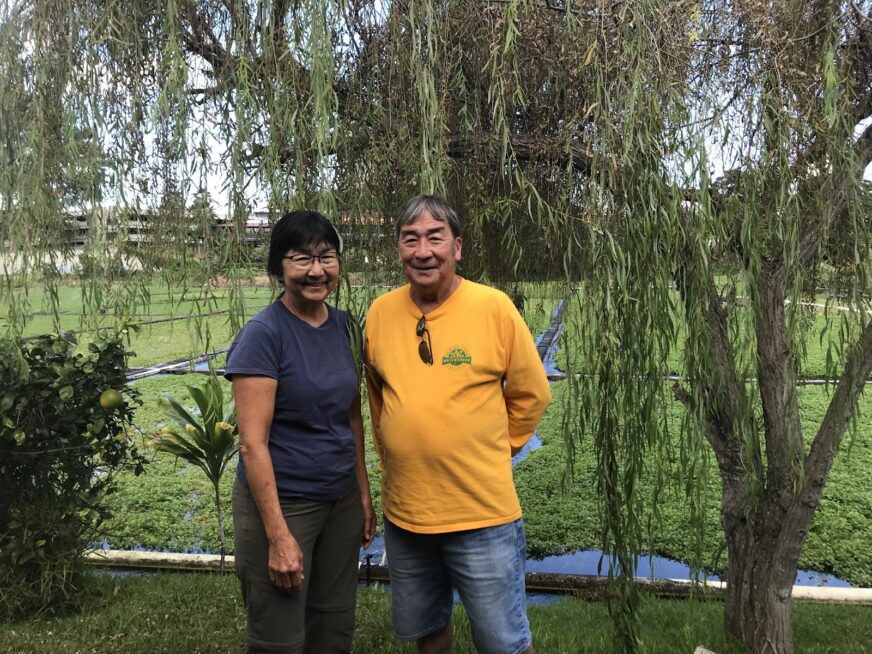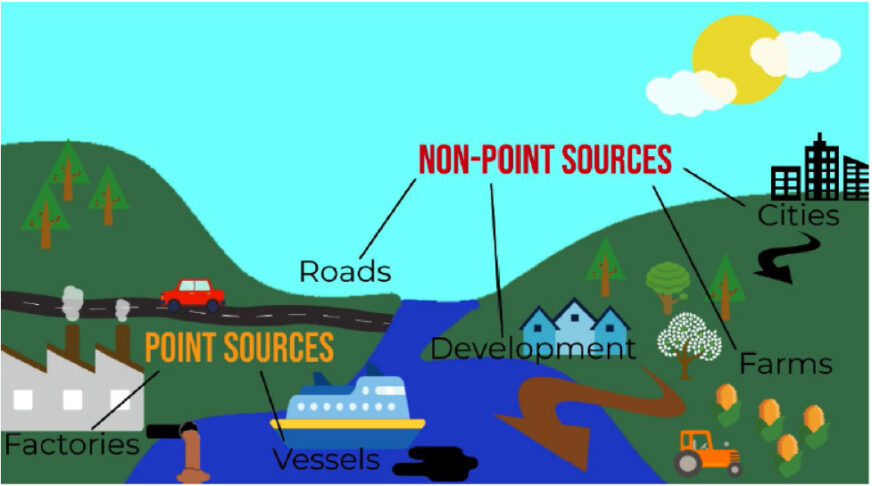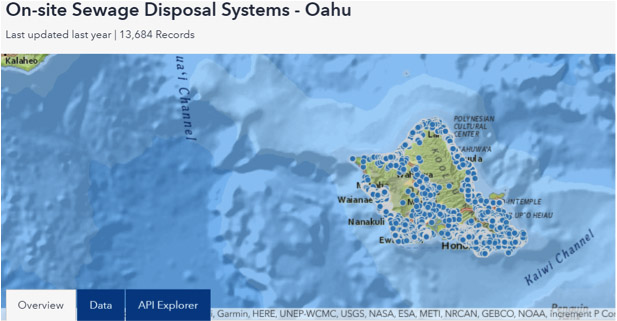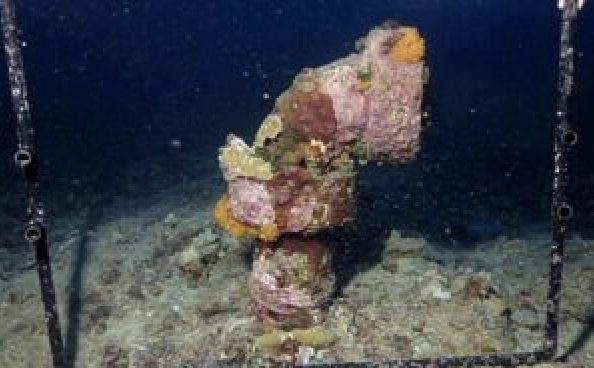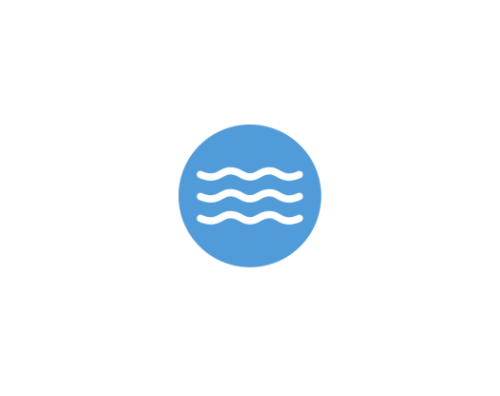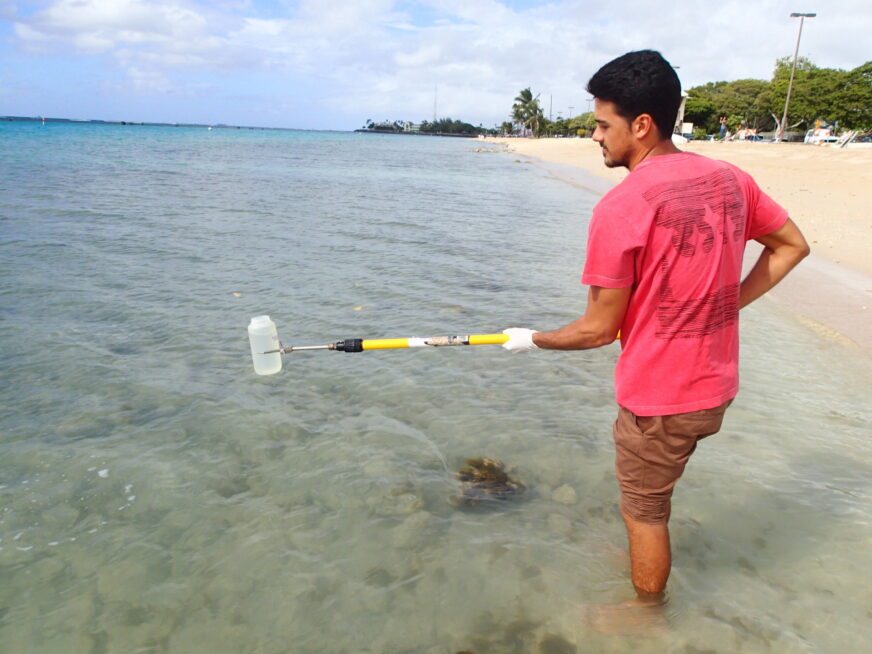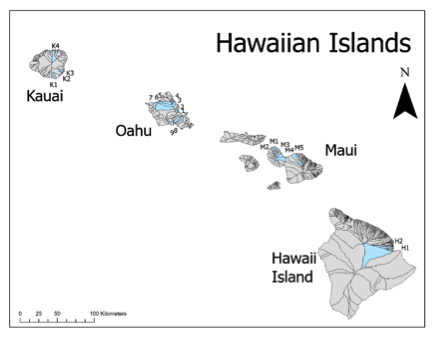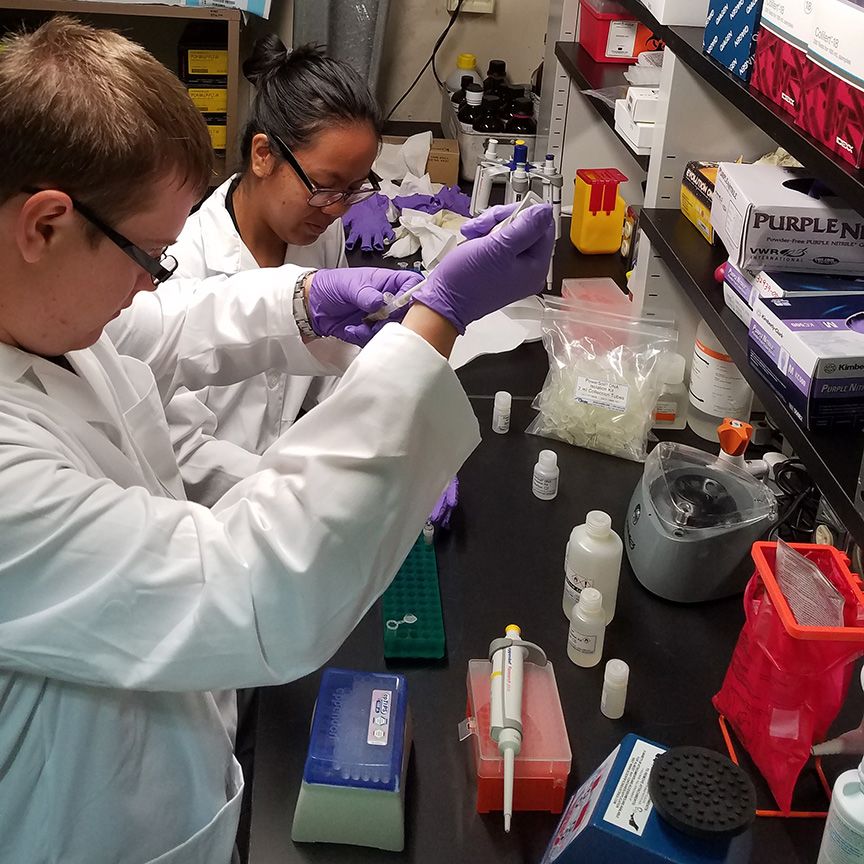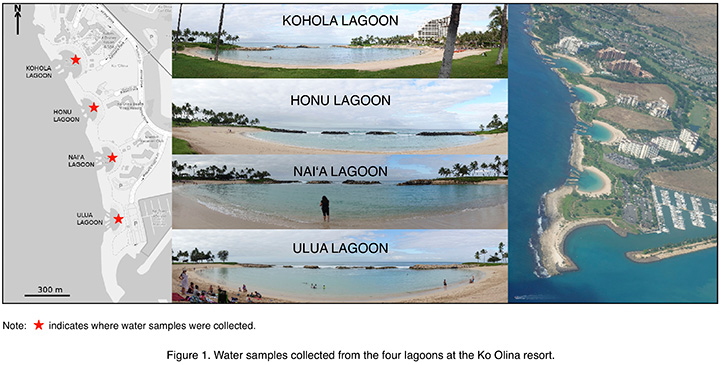Identifying Potential Knowledge Gaps for Hawai‘i’s Cesspool Conversion Plan
MICHAEL MEZZACAPO and DARREN LERNER
This report was created to analyze and synthesize research and data performed within Hawaii about wastewater impacts from cesspools on water resources, nearshore ecosystems, and human health. Additionally, current and future policies were discussed with an emphasis on understanding community perceptions and hurdles to cesspool replacement.
This report was created to analyze and synthesize research and data performed within Hawaii about wastewater impacts from cesspools on water resources, nearshore ecosystems, and human health. Additionally, current and future policies were discussed with an emphasis on understanding community perceptions and hurdles to cesspool replacement.
A Multi-State Regulation and Policy Survey of Onsite Wastewater Treatment System Upgrade Programs
MICHAEL MEZZACAPO and DARREN LERNER
This study was commissioned by the Cesspool Conversion Working Group to evaluate and analyze cesspool and conventional on-site wastewater treatment system conversion methods in selected US mainland states.
This study was commissioned by the Cesspool Conversion Working Group to evaluate and analyze cesspool and conventional on-site wastewater treatment system conversion methods in selected US mainland states.
The Biological and Sediment Study on Marine Communities Near the City’s Ocean Sewer Outfalls
Annual biological and sediment studies (benthic organisms, coral reefs and fishes) determine the impact of ocean outfall discharges, if any, on the marine environment. Also, annual fish liver histopathology studies are used to determine the effects of treated wastewater discharge on fish caught near the outfall diffusers.
Fecal Indicators and Their Associated Health Risk in American Samoa’s Watersheds
The goal of this project is to improve surface water monitoring programs in American Samoa by validating methods capable of discriminating between contaminations sources and investigating the health risk association of pathogen indicators in selected watersheds on Tutuila island.
The Microbiological Water Quality of Oahu Beaches
This project evaluates O‘ahu’s microbial coastal water quality. Nine hundred eighty (980) water samples will be collected over a twelve-month period. These samples will be analyzed for the indicator bacteria enterococci and Clostridium perfringens. Molecular tests will be used to identify sources of microbial contaminants when the water quality is compromised.
Evaluation of Pepper Mild Mottle Viruses as a Sewage Marker in Hawai‘i
The goal of this study is to evaluate whether pepper mild mottle viruses (PMMV) can be used to track sewage contamination in Hawai‘i water environments.
Fecal Indicators and Associated Health Risk in Hawai‘i’s Recreational Waters: A Quantitative Microbial Risk Assessment Study
The goal of this project is to assess human health risk associated with the current and alternative fecal indicator levels in Hawai‘i’s coastal waters, and potentially support development of an alternative recreational water quality criteria in Hawai‘i, if warranted.
The Microbiological Water Quality of Ko Olina Lagoons
Good water quality, based on fecal indicator bacteria and nutrient analyses, was observed in all four Ko Olina lagoons over the study period (01/14/19–11/12/19). Dinoflagellate (cf. Gymnodinium) blooms were detected in two of the lagoons. Saxitoxin levels were low in all four lagoons and not associated with the blooms.
